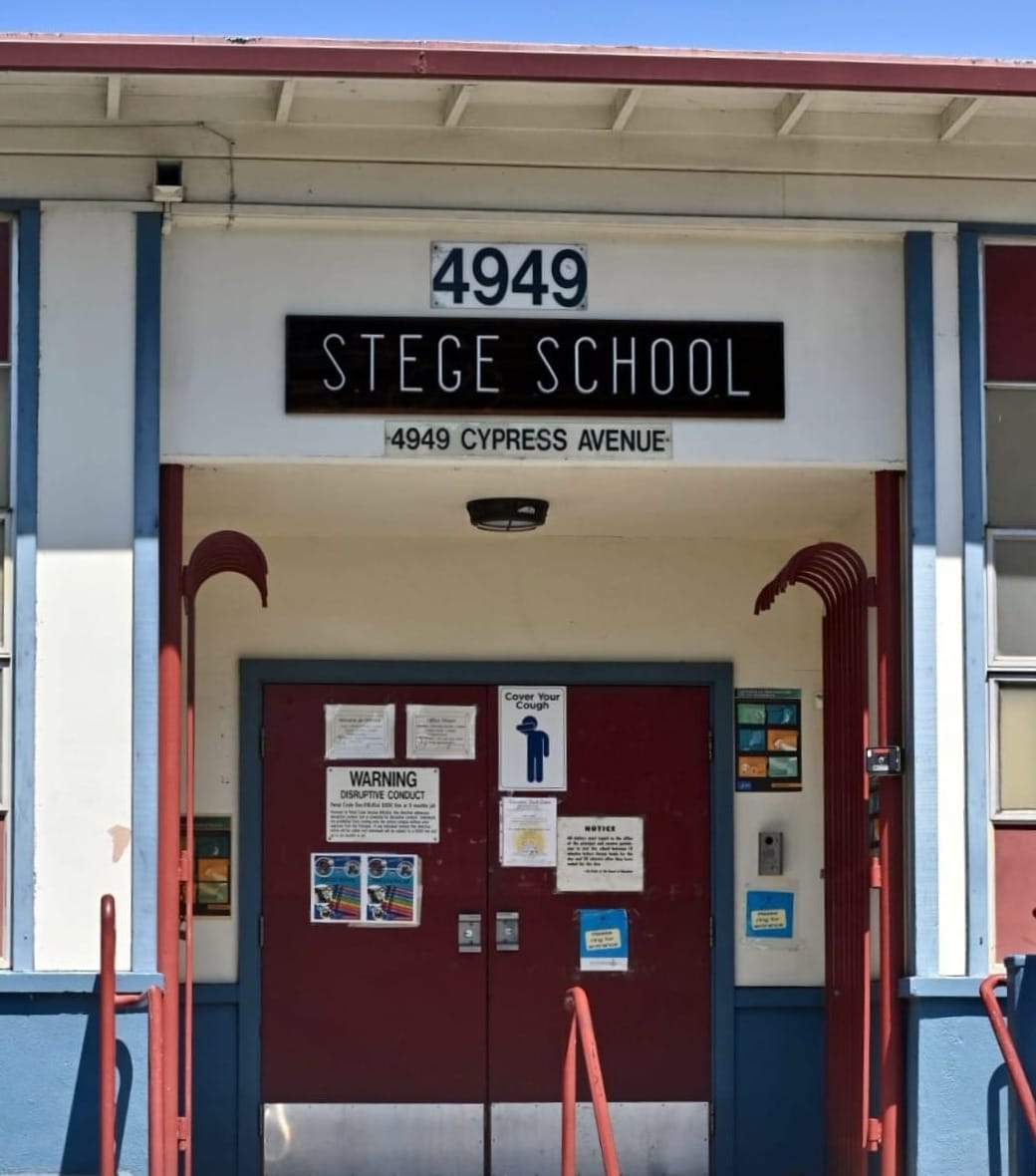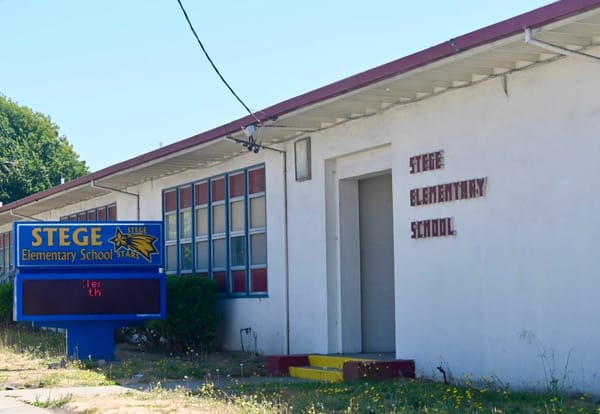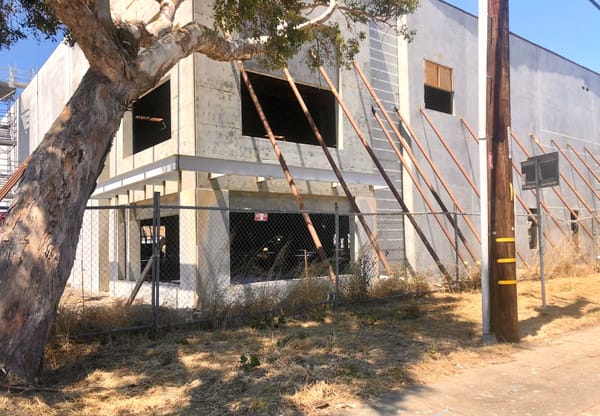Advocacy group files complaints over WCCUSD teacher vacancies

The West Contra Costa Unified School District, which recently approved cutting 122 FTE positions in a bid to hold off insolvency, is now facing complaints the district is failing to provide students with qualified teachers.
San Francisco-based advocacy group and law firm Public Advocates filed multiple complaints alleging Stege Elementary School, Helms Middle School, and John F. Kennedy High School have numerous teacher vacancies and a pattern of illegally filling vacancies with long-term substitutes.
Karissa Provenza, Law Fellow at Public Advocates, said districts with the highest concentrations of students from low-income households have the most classes taught by misassigned or underprepared teachers.
“Although this is a statewide issue, WCCUSD is facing far more teacher vacancies than its surrounding districts,” Provenza said. “If no fully prepared teachers are available, the district needs to take advantage of the numerous lawful options for filling vacancies with emergency year-long teachers instead of subs.”
Provenza hopes the district successfully fills the vacancies with fully credentialed teachers or, at a minimum, lawful, emergency year-long teachers.
“There may be, for example, fully credentialed teachers in the district office who could go back to the classroom. If they are unsuccessful in filling the vacancies, we may consider legal action, but ideally, we’d like to see the district collaborate with us and the complainants to solve this issue together,” Provenza said.
Helms Middle School teacher Jeremiah Romm was saddened to see what has become of his student’s educational experience, with some students going several years without being assigned a permanent qualified teacher.
“It becomes difficult to convince students that this district cares about their success, and I don’t know if I believe that myself,” Romm said.
Last year, the Contra Costa County Office of Education issued a letter to the district outlining the need for the district to take action to implement a plan to address the structural deficit remaining fiscally solvent by January 24.
On January 24, school board trustees unanimously voted for $19.7 million in budget reductions, including cutting 122 full-time equivalent positions and $5.6 million in non-salary reductions.
“If reductions are not made, then the Contra Costa County Office of Education has indicated that they will exercise the right to assume internal control of our district in order to address our fiscal needs,” said Kim Moses, Interim Associate Superintendent, Business Services.
In the teacher unit, the district identified 40.7 full-time equivalent positions for reductions, of which 19.5 are currently vacant.
“This recommended list of salary reductions allows us to meet the demands of our fiscal solvency plan and still allows us to run great programs at our schools,” Moses said.
Moses painted a bleak picture if the board had failed to address the district’s structural deficit.
‘If we do nothing in order to address our structural deficit by 2025-2026 our district will be $54.8 million operating in the red,” Moses said.
The state requires the district to keep a portion of its operating budget in reserve to ensure it has funds set aside for economic uncertainty at the state level.
“If we are unable to meet this three percent reserve, then we are deemed fiscally insolvent, and the county office of education and the state monitors us at a higher level,” Moses said.
The district’s financial problems are not new. In the 2019-2020 school year, the district began a fiscal solvency plan to identify $24 million in budget reductions to address structural deficits within the budget.
When the Covid pandemic struck, the district shifted priorities. The district received $139 million in one-time funds from the state and federal government to mitigate the pandemic’s effects.
“These one-time resources allowed us to operate without budgetary reductions during the recovery from the pandemic,” Moses said. “As we see the end of those revenues, it is now time to address the structural deficit with the fiscal solvency plan in order to ensure that our budget can continue to meet the needs of our schools and students.”
Across California, schools are grappling with declining enrollment and attendance rates. As one-time pandemic relief funds dwindle, the escalating cost of providing education throughout the state poses a significant challenge.
Javetta Cleveland, Fiscal Expert Assigned by Contra County Office of Education, said the district’s multi-year budget projections show that the district is upside down and the reserves will be depleted without budget reductions.
“The multi-year projections that include budget reductions still include a transfer of $28 million from the special reserve fund,” Cleveland said.
Help keep our content free for all!
Click to become a Grandview Supporter here. Grandview is an independent, journalist-run publication exclusively covering Richmond, CA. Copyright © 2024 Grandview Independent, all rights reserved.




